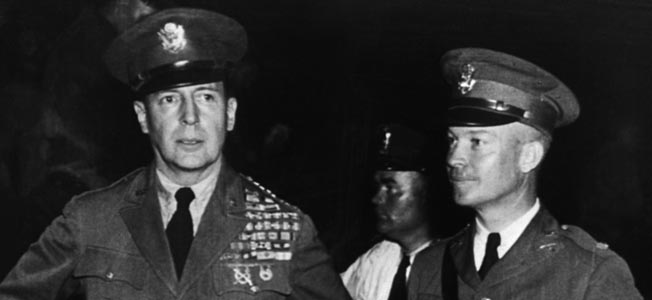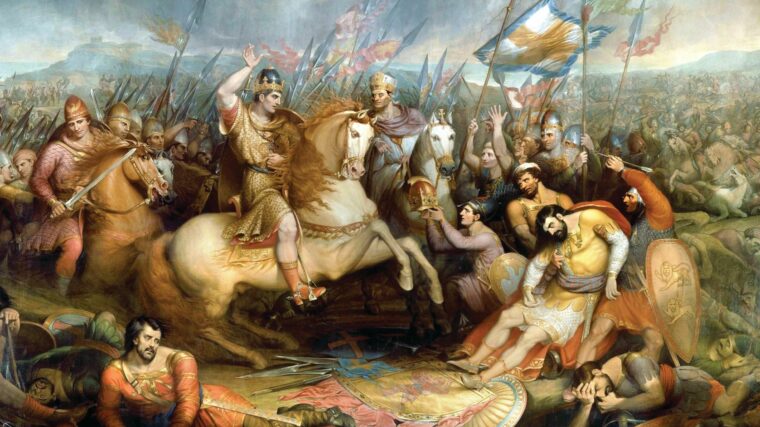
Normandy
Eisenhower and MacArthur: an In-Depth Comparison
by Michael HaskewTwo of America’s most famous senior commanders to emerge from World War II were Eisenhower and MacArthur. These officers were largely responsible for command decisions that resulted in Allied victories in the South Pacific and in Europe. Read more









